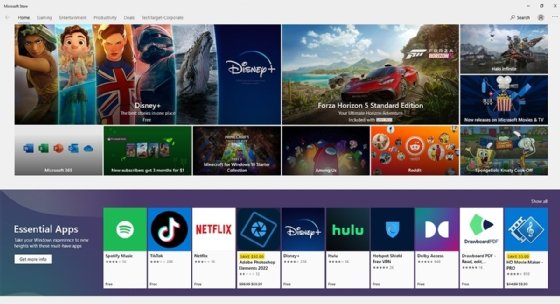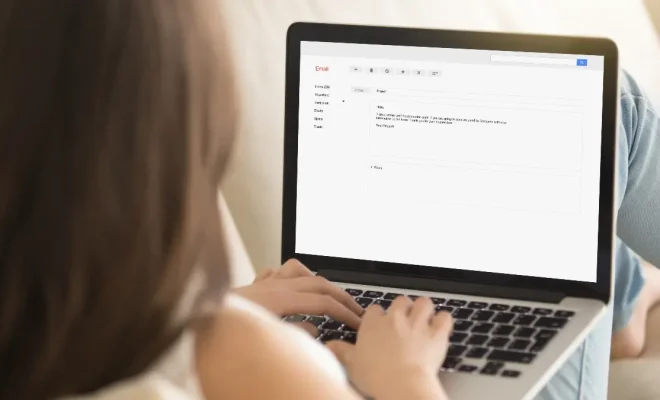How to Check Screen Time on Android

Android smartphones are more than just devices for making phone calls or sending text messages. They are our daily entertainment hubs, navigation tools and workstations, among other things. Often, it’s easy to lose track of time while browsing social media, watching a show or playing a game on your Android phone. But it’s important to keep track of your screen time, and luckily, there are a few ways to do this. Here are some methods for checking screen time on Android devices.
- Use the Digital Wellbeing feature
Beginning with Android 9 Pie, Google introduced the Digital Wellbeing feature, which is designed to help users understand and manage their screen time. It provides a set of tools that allow users to track how much time they spend on their device and particular apps. To use this feature, go to your phone’s Settings menu and select Digital Wellbeing & Parental Controls. From there, you can access app timers, which allow you to set limits on how long you can use certain apps each day. You can also view a breakdown of how much time you’ve spent on each app and see how often you’ve unlocked your phone throughout the day.
- Use third-party apps
There are several third-party apps available on the Google Play Store that allow you to monitor your screen time. These apps provide similar features as the Digital Wellbeing feature, such as the ability to track how much time you’re spending on your phone or within particular apps. Some of the most popular apps for monitoring screen time include Moment, Offtime, and QualityTime.
- Check screen time in your phone’s settings
Most Android devices have a built-in feature that allows you to check how much time you’ve spent on your phone. This feature may be located in different places depending on the device and operating system version, but it’s usually located under Settings > About phone > Status. From there, you can see how long you’ve been using your device and how long the screen has been on.
- Use a fitness tracker
If you wear a fitness tracker, you may be able to use it to monitor your screen time. Many fitness trackers have a feature that tracks how long you’ve been sitting idle, which can be an indicator of too much screen time. Some trackers, such as Fitbit, also have a feature that allows you to log how much time you’ve spent in certain activities, such as watching TV or playing video games.
In conclusion, monitoring your screen time is important for your wellbeing and productivity. Whether you choose to use the Digital Wellbeing feature, a third-party app, check your device’s settings or use a fitness tracker, there are several ways to track your screen time on Android devices. By keeping track of your screen time, you can make better use of your time and ensure that you’re staying balanced with other important activities in your life.





